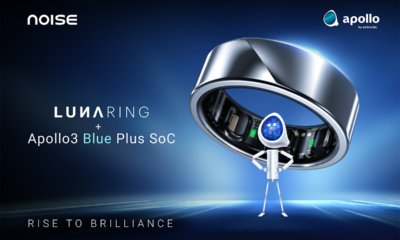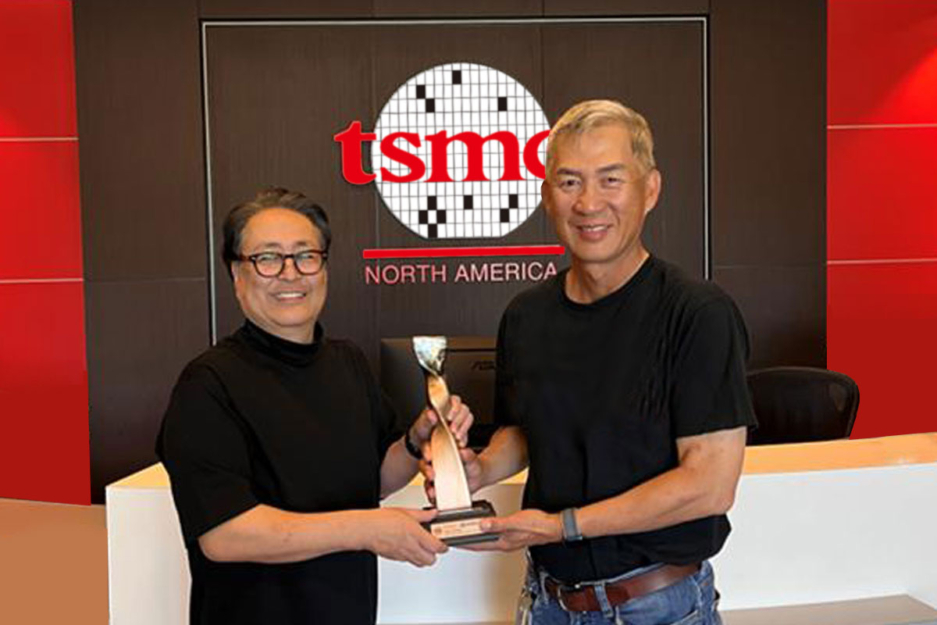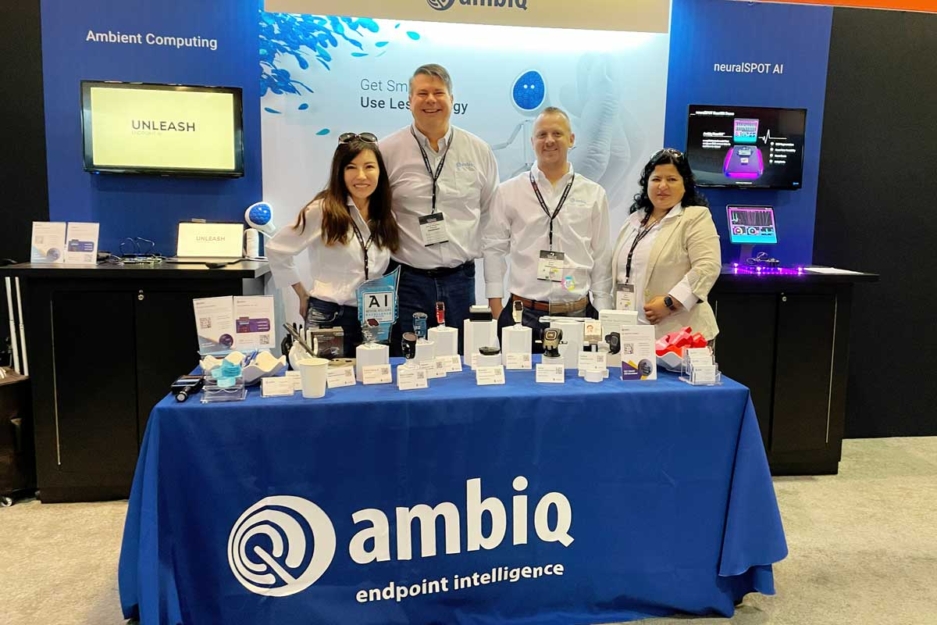How apollo3 can Save You Time, Stress, and Money.
How apollo3 can Save You Time, Stress, and Money.
Blog Article

With around 2MB of MRAM and one.8MB of SRAM, the Apollo4 Blue has much more than more than enough compute and storage to handle intricate algorithms and neural networks though displaying lively, crystal-crystal clear, and sleek graphics.
If further memory is needed, an exterior memory is supported as a result of Ambiq’s multi-little bit SPI and eMMC interfaces.
Each time he passed in excess of the suspected lunar landing web page, he attempted in vain to discover the module. On his initially orbits over the back side in the Moon, Collins done routine maintenance activities like dumping extra water made by the gas cells and planning the cabin for Armstrong and Aldrin to return.[173]
Additionally, designers can securely produce and deploy merchandise confidently with our secureSPOT® engineering and PSA-L1 certification.
This parking orbit was quite minimal by Earth orbit benchmarks, and it would have been limited-lived due to aerodynamic drag. For viewpoint, The present ISS orbits at an altitude of about 250 miles (400 km), and needs a reboost around at the time a month. This was not a challenge with a lunar mission due to the shorter stay in the parking orbit.
Two cameras captured the staging event; just one clip is proven. The 1st stage falls absent, accompanied by the interstage ring. Two motion-photograph cameras had been aboard Apollo four. These were mounted about the Saturn V to be able to capture the separation of the 1st stage and interstage from your start vehicle.
As Ambiq’s longstanding strategic husband or wife, EDBI stays committed to fostering the corporate’s ongoing progress in Asia with Singapore as its launchpad. We also congratulate Ambiq on achieving this important milestone and warmly invite talented persons to affix the corporation on its transformative journey."
The pause in between these steps would give time to the crew to flee through the Launch Escape Tower or (from the later on levels of your flight) the propulsion program with the Services module. A 3rd command, "Secure", was made use of following the S-IVB phase attained orbit to irreversibly deactivate the self-destruct procedure. The program was inactive as long as the rocket was even now to the start pad.[75] Startup sequence[edit]
We purpose to convey intelligence to all battery-run endpoint devices and help them to remain related intuitively, and unobtrusively, to produce a serious IoT period. We hope to lover along with you on our upcoming journey.
What's more, designers can securely build and deploy products confidently with our secureSPOT® technological innovation and PSA-L1 certification.
Just in advance of he achieved the darkish side on the 3rd orbit, Mission Management informed Collins there was a problem While using the temperature with the coolant. If it grew to become as well chilly, portions of Columbia may well freeze. Mission Manage encouraged him to believe guide control and put into practice Environmental Management Method Malfunction Procedure seventeen. As an alternative, Collins flicked the turn on the technique from automatic to handbook and back again to computerized once again, and carried on with regular housekeeping chores, though keeping track of the temperature.
[110] Mission controllers had planned to ship Apollo twelve's S-IVB into photo voltaic orbit after separation on-device ai in the Apollo spacecraft, however it is thought the burn off lasted much too lengthy, and consequently did not ship it near plenty of into the Moon, so it remained in a barely stable orbit across the Earth and Moon. In 1971, through a series of gravitational perturbations, it really is thought to own entered in the photo voltaic orbit and afterwards returned into weakly captured Earth orbit 31 yrs afterwards. It remaining Earth orbit yet again in June 2003.[111] See also[edit]
Though moving Within the cabin, Aldrin accidentally destroyed the circuit breaker that may arm the most crucial engine for liftoff from the Moon.
The C-5 would undergo part testing even prior to the first design was constructed. The S-IVB 3rd stage can be used as the next phase for your C-1B, which might serve both equally to show evidence of concept and feasibility to the C-five, but would also supply flight details vital to the event from the C-five.
Get Smart. Use Less Energy.
Ultra-low power SoCs for IoT endpoint devices
that demand complex operations
and longer battery life.
✍ Ambiq® is committed to further improve the quality of life by enabling the intelligence of endpoints while further reducing carbon footprints. Ambiq – your partner in endpoint intelligence.
✯✯✯Based in Austin, San Jose, Hsinchu, Shenzhen, and Shanghai, our leadership and management teams consist of advocates, builders, enthusiasts, entrepreneurs, explorers, incubators, inventors, pioneers, protectors, thinkers, and visionaries. With a diverse spectrum of experiences and skillset, we came together and united with one goal to enable the true Internet of Things where the battery-powered endpoint devices can truly be connected intuitively and intelligently 24/7.
Ambiq Wins the Demo of the Year Award at 2023 TSMC Technology Symposium
September 7, 2023, Austin, TX – Ambiq®, a Edge AI leading developer of ultra-low-power semiconductor solutions that deliver a multifold increase in energy efficiency, was awarded the Demo of the Year Award by TSMC as a participant of the Innovation Zone at the 2023 TSMC North America Technology Symposium.
Ambiq Wins the Demo of the Year Award at 2023 TSMC Technology Symposium
During the April event, Ambiq showcased various product design wins using TSMC’s 22nm technology in wearables, digital health, smart home, Industrial IoT, pet trackers, and retail segments, with industry-leading energy efficiency. Ambiq also featured two live demos emphasizing its leadership in enabling endpoint AI with its HeartKit™ for remote patient monitoring and its graphics display capabilities for a vivid user interface. 
TSMC pioneered the pure-play semiconductor foundry business model when it was founded in 1987, helping startup companies accelerate their innovations by providing access to the industry’s leading process technologies and manufacturing capacity. Since 2021, TSMC has expanded that mission with an Innovation Zone at its worldwide Technology Symposiums, highlighting how TSMC partners with startup companies to enable cutting-edge products from various applications, including high-performance computing, communication, automotive, IoT, and consumer segments.
“We’re grateful to TSMC and our booth visitors for allowing us to share our energy-efficient technology and processor solutions with them,” said Ambiq’s CEO, Fumihide Esaka. “We’re moving towards an exciting frontier of AI becoming more engrained with our daily lives. With that vision on the horizon, we will continue to develop innovative and first-of-its-kind ultra-low-powered solutions that keep innovation and sustainability in mind. 
Ambiq’s mission is to develop the lowest-power semiconductor solutions to enable intelligent devices everywhere by developing the lowest-power semiconductor solutions to drive a more energy-efficient, sustainable, and data-driven world. Ambiq has helped leading manufacturers worldwide develop products that last weeks on a single charge (rather than days), while delivering a maximum feature set in compact industrial designs. Ambiq’s goal is to take Artificial Intelligence (AI) where it has never gone before in mobile and portable devices, using Ambiq’s advanced ultra-low power system on chip (SoC) solutions. Ambiq has shipped more than 200 million units as of March 2023.
Ambiq Designs Low-Power for Next Gen Endpoint Devices
Ambiq’s VP of Architecture and Product Planning, Dan Cermak, joins the ipXchange team at CES to discuss how manufacturers can improve their products with ultra-low power. As technology becomes more sophisticated, energy consumption continues to grow. Here Dan outlines how Ambiq stays ahead of the curve by planning for energy requirements 5 years in advance.
Ambiq Highlights From Embedded World 2024
Facebook | Linkedin | Twitter | YouTube